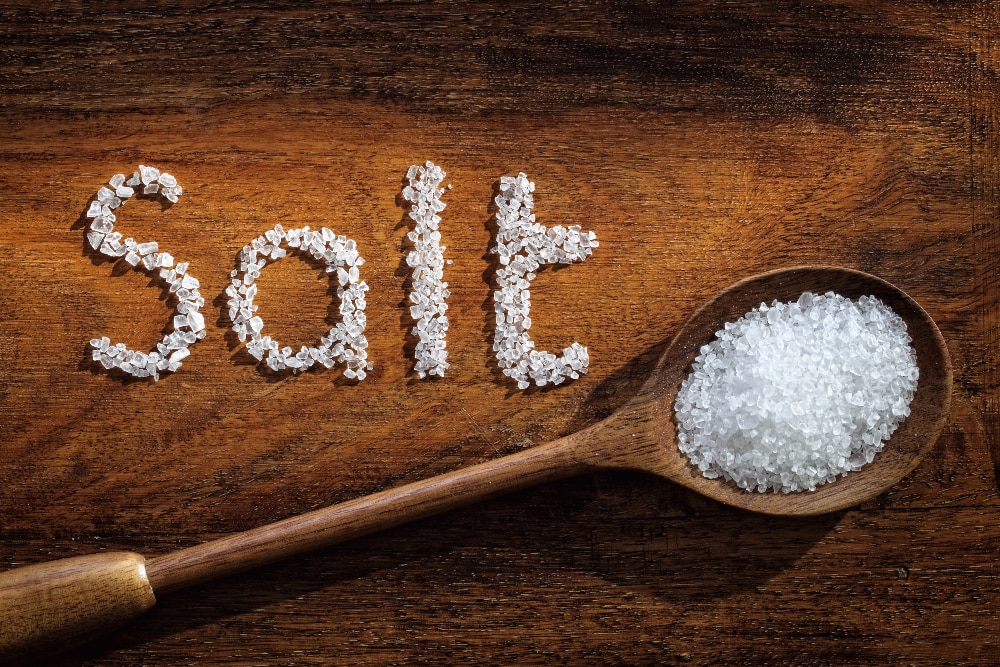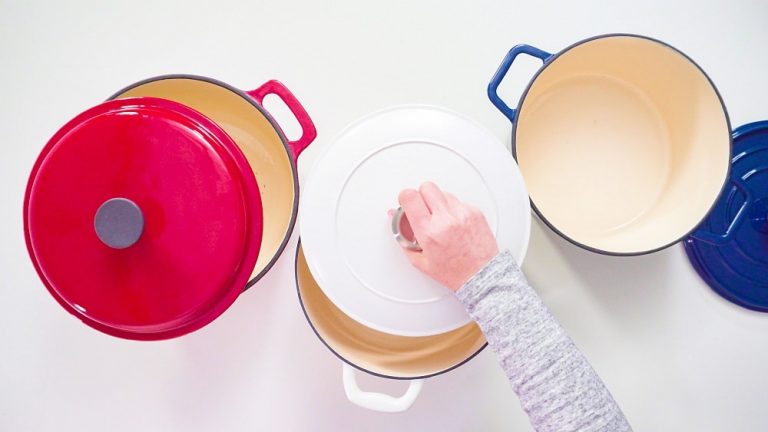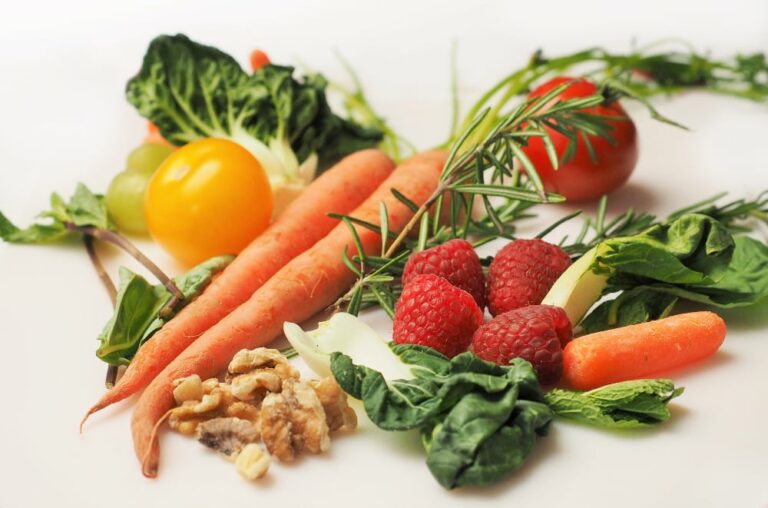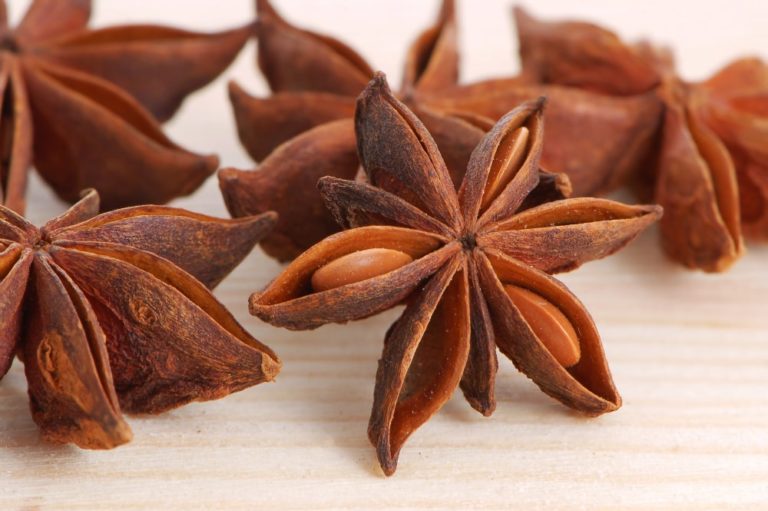What Is The Difference Between Rock Salt And Common Salt?
Salt – what is a meal without it? Flavorless some might say! While many people cook without salt these days in an effort to reduce their salt intake for health reasons, salt is still consumed on a regular basis through common foods such as bread.
It’s an important ingredient that helps with both flavor and food preservation. There are many different types of salt available these days – himalayan, rock and black salt just to name a few.
Today we’ll look at the difference between rock salt and common table salt. Are they essentially the same thing? Can they be used interchangeably? Let’s find out!
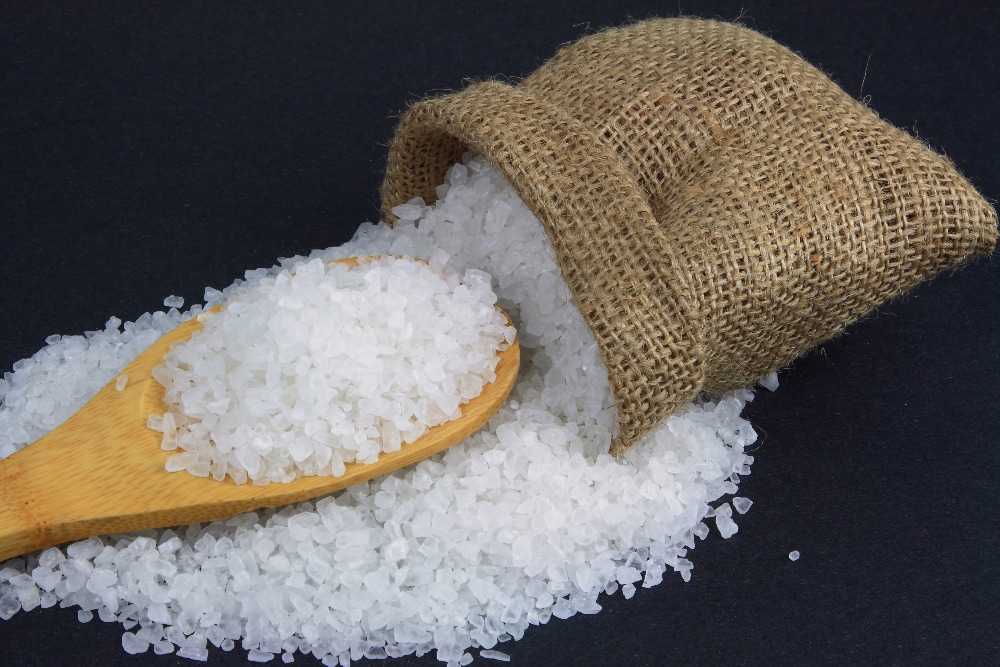
Differences Between Rock Salt And Common Salt
There are a few differences between rock salt and common salt in both the way they are produced and the way they are used in cooking. Here are the main differences:
1. Extraction of the salts – how the salt is produced
Common salt is formed when sea or brackish lake water undergoes a process of purification creating common salt.
This process involves the addition of chemicals to arrive at the final product. Rock salt, on the other hand, is said to be naturally produced by mining mountain ranges to extract the rock salt. Therefore, rock salt has no chemicals added to it.
2. Ingredient composition of the salts
To add up to 100% of the ingredients of salt, common salt contains 97% of sodium chloride. The other 3% of the ingredients is what is added during the refining process.
Included in the 3% is the iodine content which is added to prevent its users from getting goiter disease from iodine deficiency. On the other hand, rock salt consists of 85% sodium chloride.
The remaining 15% is made up of several types of minerals such as iron, manganese, zinc, iodine etc. which are present naturally in the salt. So, in theory, rock salt actually adds some nutritional benefits and not just a salty taste.
3. Texture and color of the salts
The texture of common salt is a soft, fine grain which is white or colorless. This soft texture enables it to dissolve easily during the cooking process. On the other hand, rock salt is made of large crystals which are not as easy to dissolve when cooking food.
Rock salt forms in a variety of colors ranging from colorless, light blue, dark blue, pink, red, purple, yellow etc. These colors result due to the composition of other materials, crystal’s isotopes and also impurities.
With both the varying colors and the coarser texture, rock salt is less likely to be used in cooking as it does not dissolve as readily and the colors may impact the end result.
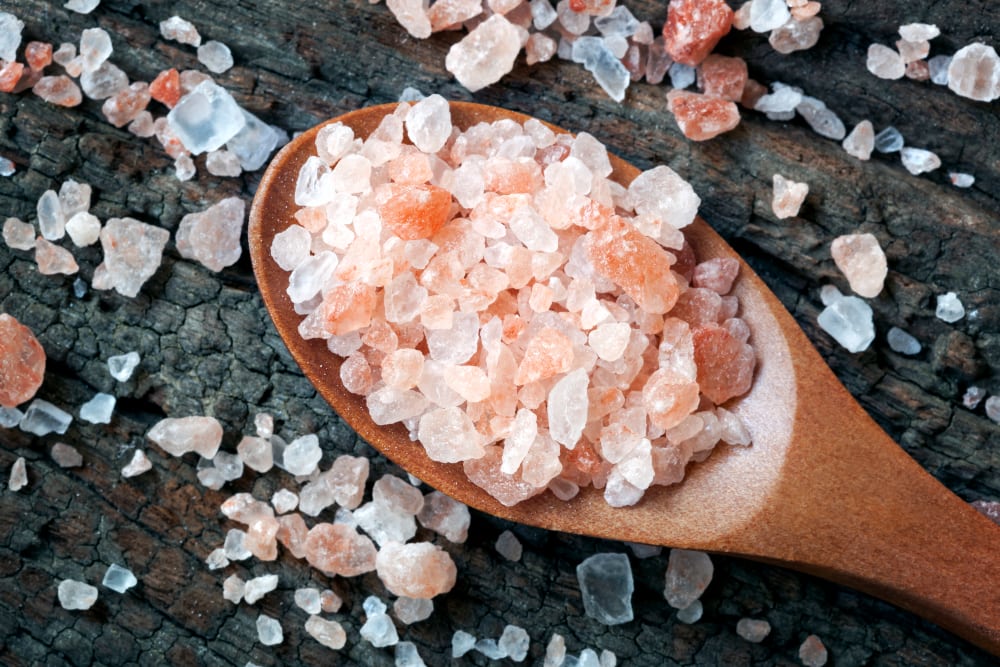
4. Health Effects
The existence of a variety of minerals in rock salt helps in the fight against many diseases. It is said to boost the health of skin and hair while also controlling high blood pressure among its users. It can also, reportedly, help to reduce body weight when consumed in the appropriate quantity.
The coarse nature of rock salt makes it perfect for scrubbing on skin to improve its hydration. Meanwhile, common salt is known to cause some adverse effects if over consumed.
It contributes to high blood pressure due to the chemicals added to it during its refining. Despite this problem, common salt users have been found to have increased body immunity and stamina.
5. Usage of the salts
Most people consume common salt – it’s called ‘common’ for a reason! It’s soft, fine texture makes it dissolve easily when cooked with food. Sometimes additives are added that prevent clumping, making it even easier to use, and it’s inexpensive and readily available.
Its flavor is not strong and it’s easy to adjust the quantity required according to taste. When used during baking, it increases the product shelf-life as well as contributing to the crust color in the bread. It can also be used to avoid using yeast during the baking.
Rock salt, on the other hand, has several usages. To use rock salt for cooking you need to make sure you are using ‘food grade’ rock salt to be sure that it has been refined somewhat and is safe to consume.
The coarser texture of rock salt means it is not able to dissolve as easily when cooking, and is thus not as commonly used during cooking.
However it has a distinct pungent flavor which makes many chefs prefer to use it for roasts. The strong flavor of this salt forces chefs to use it in small quantities. During bread baking, it is not advisable to use rock salt due to its coarse texture which makes it difficult to measure.
Summary of the Differences Between Common Salt & Rock Salt
Common Salt
- Is extracted from sea water.
- Has 97% composition of sodium chloride.
- Has a soft, fine grain texture and is white or colorless.
- Excessive consumption increases high blood pressure.
- Dissolves easily when cooked with food.
Rock Salt
- Is extracted from mountain ranges.
- Has 85% composition of sodium chloride.
- Contains other minerals such as iron, manganese and zinc.
- Has coarse texture and a variety of colors.
- Controls high blood pressure.
- Does not dissolve easily when cooked with food.
Like it or not, salt is a natural part of our diet and both adds flavor and helps to preserve our food. As with most foods though, it must be consumed in moderation.
While common salt is most commonly used for cooking due to its inexpensive price point, ready availability and easy dissolving nature, rock salt, in all sorts of colors and varieties has now become a staple of the herbs and spices aisle too.
If you choose to cook with food grade rock salt, you’ll want to have your salt in a salt grinder (like a pepper grinder) so you can grind it into the food. Grinding rock salt this way means you’re only flaking in small particles of the salt which will be more able to dissolve than the larger, coarse granules typically found in rock salt.

Personally I love my pink Himalayan rock salt and use it often when cooking and preparing food – you feel like a real chef grinding both your salt and pepper into a dish to season it!
Whether it’s actually adding any additional nutritional value or not, I’m not sure and, in all honesty, don’t really care – it’s fun to use and feels a bit more special than common salt.
On the flip side, I do use regular, common table or cooking salt for some foods, especially bread, like my homemade sourdough bread and my homemade sourdough pizzas, common salt all the way with these gems of recipes!
Ultimately it’s up to you which type of salt you choose to use and how you choose to use it. There are no salt police here and no one is going to judge you for using the ‘wrong’ salt.

